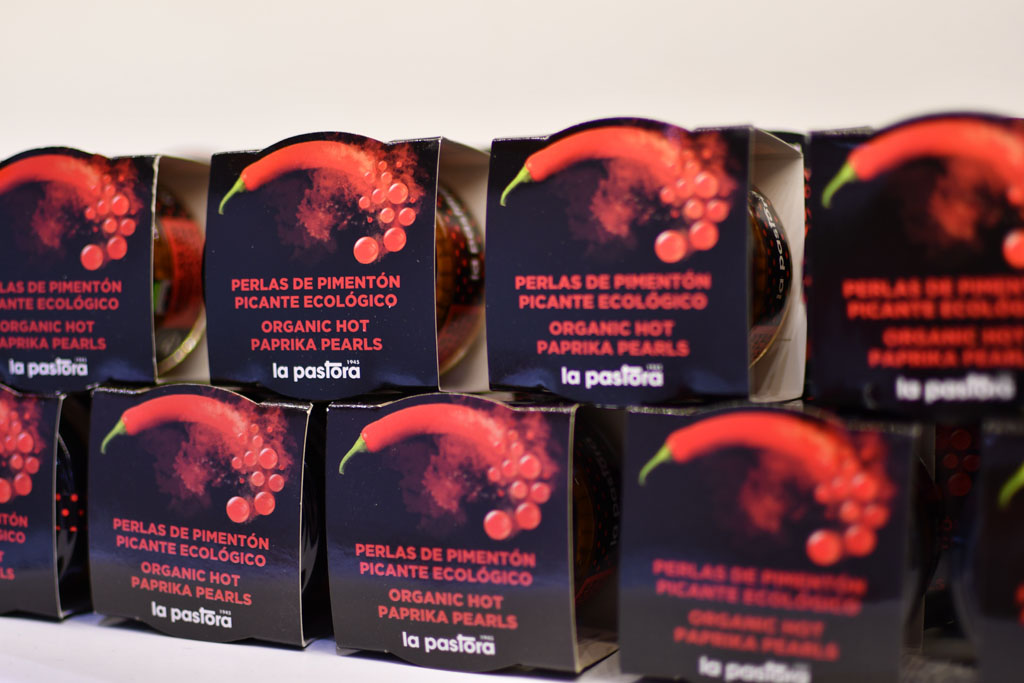In an article in 2015 (which I hadn’t translated in English at that time), I was asking myself about the future of the market research sector. Big Data, I foresaw, could well be the death of market research institutes as we know them today. And it has to be said that the future has proven me right. On the one hand, traditional institutes are attacked by technological start-ups that are totally outside the scope of market research. On the other hand, large groups are seeing their market shares and profitability (based on key products) eroded. As a result, the market research sector is under pressure, and Unilever has, for example, reduced the number of staff working on market research by 30%.
In this article, I will try to outline the (r)evolution that is underway and once again predict the future.
Technological platforms who are challenging traditional market research agencies
In an article published in the Financial Times last month, its author, Leila Aaboud, profiles several technology companies that provide data to multinationals and have revolutionised consumer research practices to this point. The companies mentioned are active in the FMCG (Fast-Moving Consumer Goods) sector, that is to say, in consumer products: PepsiCo, Danone, Unilever, Procter&Gamble, … These are therefore companies whose size justified having battalions of professionals studying markets and their evolutions all over the world and using companies that were established to do so to provide them with data to calculate their market shares, to carry out surveys and carry out consumer tests.
However, the worm was already in the apple. Unilever’s head of consumer analysis, Stan Sthanunathan, confirms what all market researchers know and see daily: large companies often misuse market research as a method of establishing insights (or more radically decisions without empirical basis) made at the time of product creation.
“Until very recently, market research was only intended to mitigate the risks of decisions that the company had already made. Today, our role has changed: we anticipate their desires and create their needs.”

The ginger and turmeric pasta launched by Molino Spadoni are representative of the agility of Italian SMEs in the food sector.They are closer to the evolution of market trends than global FMCG organizations, and have greater ability to innovate and bring new products to market.
Technological solutions that change the relationship with consumers
The technical solutions are numerous and are not limited to those mentioned in the Financial Times article (I wondered if this is an editorial publication for Black Swan). Here are some of the new opportunities to study a market:
- video interviews with consumers on a panel
- trends analyses based on social network data
- sentiment analysis (very useful when you have thousands of online customer reviews to analyse)
- consumer profiling and persona creation from Facebook data
They are all based on the use of consumer data and the automation of its use.
Why massive data (Big Data) is revolutionising research for large groups
The new solutions available on the market now allow the research departments of large groups to “take control” of their area of expertise. By having direct access to the data, they are no longer just the “passageways” between marketers (who commissioned them to conduct studies to support their decisions already made) and the firms that led the market research.
The other key element is the entry ticket to access this data. Where a complex study required several months of work and 6-digit budgets, it is now becoming accessible, almost immediate and very affordable to survey consumers.
The winning equation is, therefore, ultimately based on the following factors:
- accessibility factor: direct link with the consumer
- time factor: the time between the decision to interview consumers and the actual implementation of the research is reduced significantly
- price factor: setup costs (fixed costs) are minimal, and charges are therefore mainly variable, which makes it possible to make the research more flexible and to split the effort
- effort factor: this is perhaps the most essential factor. The effort required to get in touch with the consumer is considerably reduced, which encourages organisations to carry out the field study themselves.

Paprika balls launched by the Spanish SME La Pastora demonstrates the agility of SME(s in the food sector and their ability to innovate with their existing resources (according to the principle of effectuation). No global FMCG company would have tried to launch such a product.

Packaging of the paprika balls launched by La Pastora at SIAL 2018.
A healthy evolution
This development seems to me to be a positive development. By regaining control of field data, large groups are also restoring a link they had lost with the consumer. The marketing decisions made were mostly disconnected from reality, leaving the field open to smaller companies to cut deals with the largest. The market shares of large groups have thus been eroded in favour of smaller companies, more in line with market trends and consumer expectations, more innovative and better mastering the marketing channels of the 21st century. In the food market, we have thus witnessed in recent years (see our SIAL 2018 report on food market trends), the multiplication of innovations, often launched by start-ups that are more agile than large groups.
This agility is possible due to the size of the start-ups, of course, but also because they are close to a market to which they belong. This proximity is no longer appropriate when the size of the organisation increases, leading de facto to this loss of link with the reality of the market; a very paradoxical observation when these same large organisations have made “customer-centricity” one of their objectives for over a decade.
In this sense, we can only welcome this renewed link with those who “make” the company: the customers. To anticipate my interventions at the next congress of the Belgium Association of Marketing (BAM) in December 2019, isn’t this the beginning of the path towards meaningful marketing?
Is this the end of traditional market research institutes?
The situation is far from catastrophic. Indeed, the means to survey consumers, to study market trends, have multiplied and large companies have taken hold of them. But this is only a fair return to a situation from which the large FMCG companies should never have moved away.
Those at risk are the market research institutes that have taken advantage of the mistakes of large companies, their loss of connection with consumers, and filled this void.
Finally, let us remember that these technological solutions are not a universal solution. They provide additional insight into a complex reality. As I have often explained, in market research, it is the combination of different approaches that makes it possible to understand the objective reality of a market. One or the other of these technological solutions is therefore not enough.
Finally, we need to remember that these solutions are limited to B2C market research, and more particularly to consumer goods (FMCG).
Market research firms still have a bright future ahead of them, but only if they master and combine several market research methods (including those based on social network data). This is precisely what we do at IntoTheMinds because we not only use data from social networks (sentiment analysis, semantic analysis) but also use these data to produce solid econometric models.
Posted in Innovation.